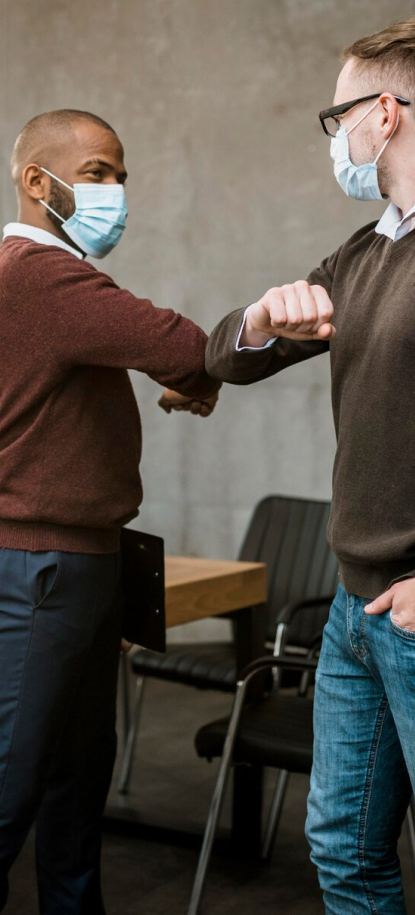




Quick Links:







Respiratory viruses, such as those that cause COVID-19, flu or cold, can spread between people who are in close contact for a prolonged period. This occurs when an infected person coughs, sneezes, or talks, and droplets from their mouth or nose are released into the air and smaller particles can potentially be inhaled into the lungs of people nearby.
These droplets can also contaminate the surfaces, which if touched can potentially help the virus infect another person. Staying physically distant from one another slows the spread of respiratory viruses. The longer the distance, the lower the risk of virus transmission.
Physical barriers are an additional measure that can be used for protection against large, potentially infectious droplets and are most effective in protecting individuals that interact with many different people throughout the day. This includes cashiers, helpdesk personnel, and other customer-facing positions. This additional measure is not effective against smaller potentially infectious particles that can be produced by breathing or talking.